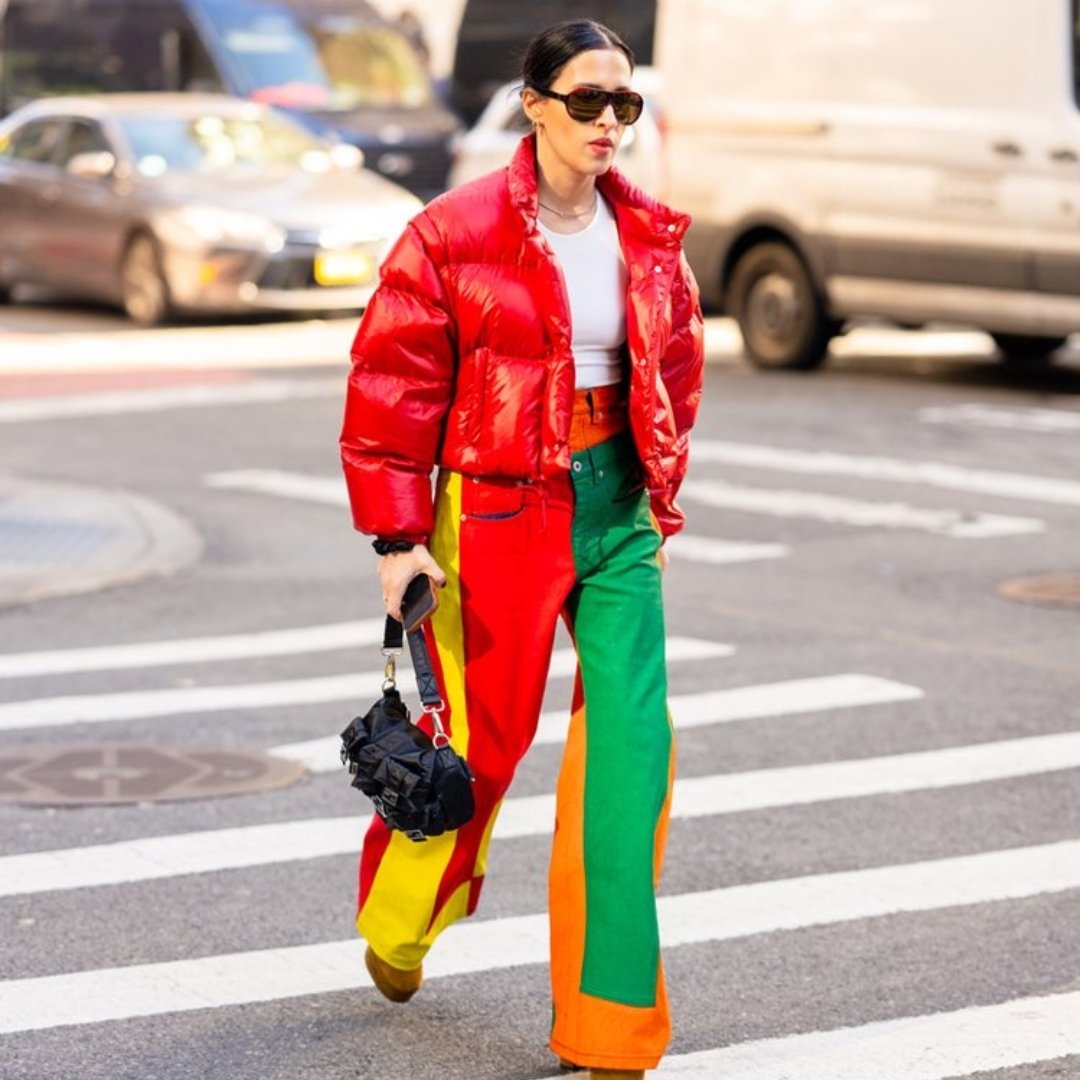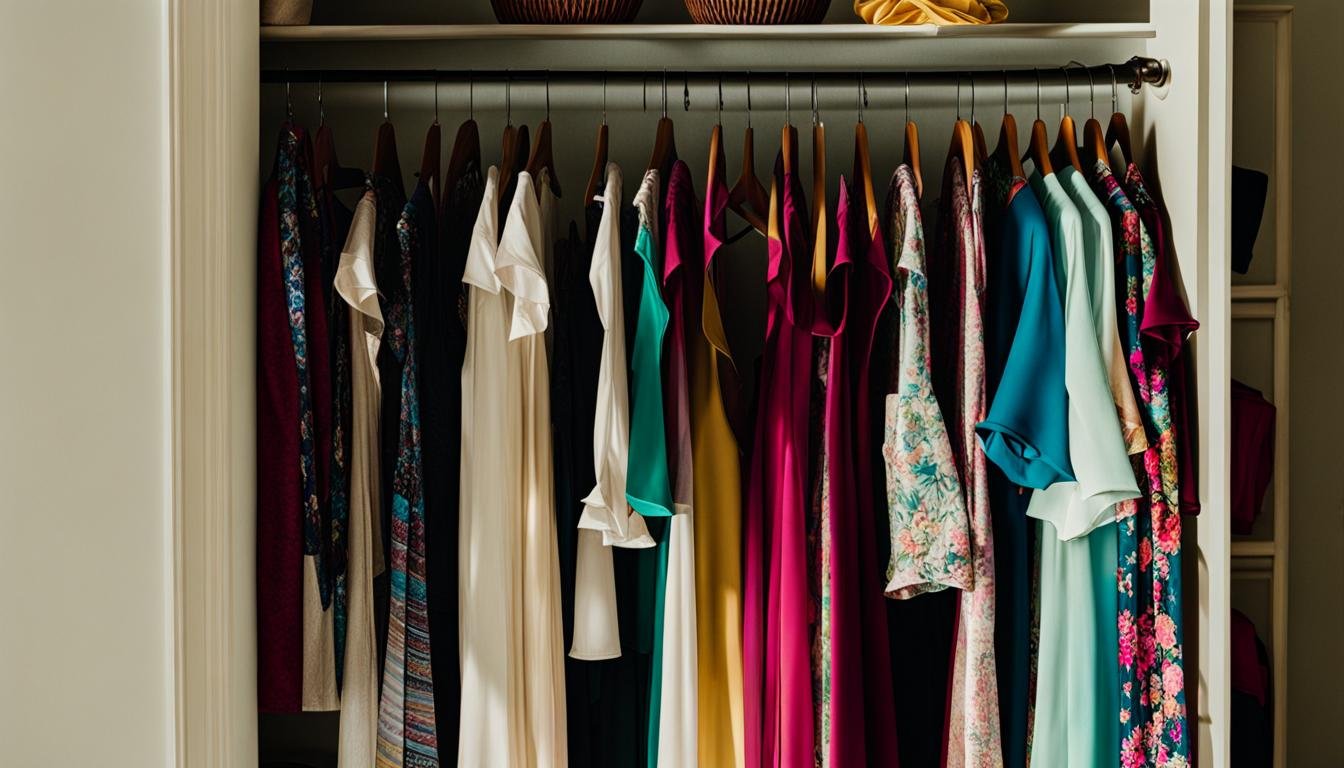7 Reasons Why Secondhand Fashion Is My Favorite Slow Fashion Approach
First off, there is no ethical consumption under capitalism, but that does not absolve us from trying to do our best. Sustainable fashion has become a huge buzzword these past few years, leading to discussions about what it is and ongoing arguments about how we as consumers can best reduce the negative environmental and social impact that our closets may have.
Sarah Chuck has outlined 6 paths to slow fashion--all of which emphasize a more intentional approach to fashion and second to shopping my own closet, purchasing secondhand garments has been my favorite approach.
So, what is secondhand shopping?
Secondhand shopping (sometimes further broken down in thrifting vs shopping curated styles) is exactly what it sounds like--shopping used or preloved goods (clothing in this case).
While each approach to sustainable fashion has its own pros and cons, here are 7 reasons why secondhand shopping is my preferred approach to sustainable fashion (at least when it comes to acquiring new garments).
1. Smaller Environmental & Social Impact
This is a sustainability blog after all…Here are 3 ways that shopping secondhand can help reduce the negative environmental and social impact of the fashion industry:
Save Resources: the items that you purchase secondhand already exist and therefore, no additional resources are needed for production.
Impact Market Practices: by demonstrating to the market that there is a decreased demand for new items, manufacturers are pressured to produce fewer of these new garments in large quantities
Reduce Waste: by purchasing from secondhand shops, you save existing garments from the landfill; this reduces waste and methane emissions produced from rotting piles of trash.
2. Save Money
Is there anyone who doesn’t like to save money? Shopping secondhand can help you save a bunch of cash. Even if the garment that you purchase is new-with-tags (meaning that it was pre-owned but never worn/never had its store tags cut), it’ll likely be listed at a discounted price. Additionally, when you purchase true vintage garments, they’ll likely be better constructed and therefore last you longer (aka, you’ll save money by purchasing less in the long run).
3. Unique Products & Luxury Goods
One of fast fashion’s signatures is their use of cut-and-paste styles in different colors and sizes. Shopping secondhand, on the other hand, presents a mish-mash of different offerings. Because secondhand shops source their goods from a variety of clientele, you’re more likely to find unique offerings and luxury goods.
4. Community Building
This comes in two flavors: community building via supporting small businesses and via connecting with like-minded individuals
When you purchase secondhand garments from within your local community, you help small resellers build their businesses and make a living. In turn, they spend that money on more small businesses and this eventually builds a stronger and more reliant local economy.
Shopping secondhand is an intensely personal process. When scouting new items, it’s easy to spark up conversations with sellers or like-minded buyers which leads to long-lasting connections in the future. Additionally, with the advent of social media, sharing your secondhand purchases can be a great way to bond with others over a collective passion for this approach to sustainable fashion.
5. Discover New Styles/Discover Your Personal Style
The magic of secondhand shopping is that because the garments are (typically) cheaper and styles are so varied, it really is a great opening for trying new styles. Intrigued by a garment that clashes with your style? Why not try it anyway?
Purchasing eccentric and unconventional garments stretches your creativity and presents new ideas for how to creatively style your garments in the future. This serves as inspiration for “shopping your closet” and ultimately reduces the amount that you purchase.
Furthermore, if you buy something out of the norm and find that it makes you comfortable, that move was just further confirmation of what your personal style is.
6. Support A Good Cause (Sometimes)
A fair proportion of the secondhand shops in the Global North (where I assume most of my readers reside) give back in the form of charity. Just make sure to do your research on where these shops are giving back to and whether or not the operation is credible.
7. Changes Your Perspective On Fashion (and Life)
One of the biggest things that I’ve learned from shopping secondhand is how to slow down and reflect on whether or not a garment is for me. Secondhand shopping pushes you to narrow in on what you like in a garment/style/fashion rather than what mainstream media and marketers say that you should like and I think that recognition is an important first step to a more mindful approach to consumption.
Moreover, I’ve found that secondhand shopping and sustainable fashion has also been a gateway to more mindful living as a whole. Because I’m more reflective about my approach to fashion, that same mindset has slowly spilled over into other aspects of my life (diet, movement, communication, etc).
Of course, it is also possible to shop so much secondhand clothing that it’s no longer sustainable (looking at all you thrift haulers out there) but for the most part, secondhand shopping provides an accessible and unique approach to sustainable fashion. What are your thoughts on secondhand shopping? What are some things that you love about it?










